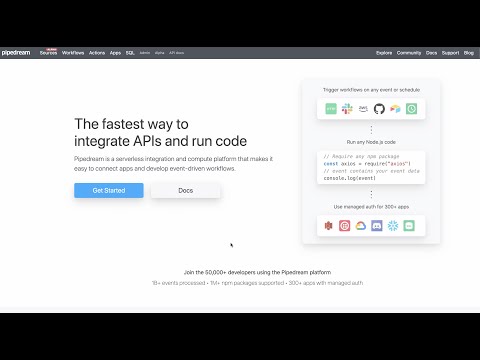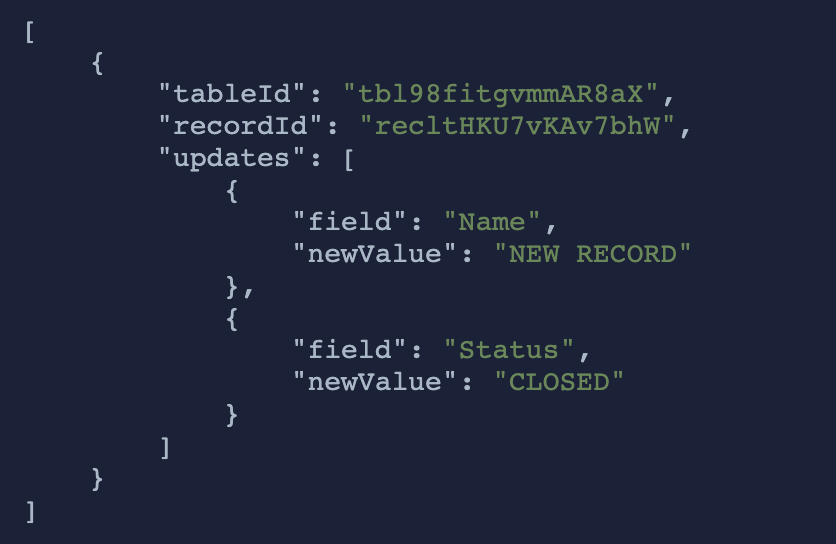What do you want to automate
with Linkly and Slack?
Prompt, edit and deploy AI agents that connect to Linkly, Slack and 2,800+ other apps in seconds.
Trusted by 1,000,000+ developers from startups to Fortune 500 companies
Popular Ways to Connect Linkly with Slack#
Popular Linkly and Slack Triggers#
Emit new event when a new message is posted to one or more channels
Emit new event when a message was posted in a direct message channel
Emit new events on new Slack interactivity events sourced from Block Kit interactive elements, Slash commands, or Shortcuts
Popular Linkly and Slack Actions#
Creates a new Linkly link using the provided URL. See the documentation
Send a message to a public or private channel. See the documentation
Send a message to a user, group, private channel or public channel. See the documentation
Configure custom blocks and send to a channel, group, or user. See the documentation
Overview of Linkly#
The Linkly API enables you to create and manage short links, track clicks, and analyze the performance of your links in real-time. It's a tool for marketers, developers, and content creators who need to understand user engagement and optimize their online presence. By using Linkly API within Pipedream, you can integrate URL shortening and tracking capabilities into your workflows, allowing for automated link management and data collection. You can build automated processes that trigger on new link creation, analyze click data, generate reports, or sync with other marketing and analytics services to enhance your strategies.
Connect Linkly#
import { axios } from "@pipedream/platform"
export default defineComponent({
props: {
linkly: {
type: "app",
app: "linkly",
}
},
async run({steps, $}) {
return await axios($, {
url: `https://app.linklyhq.com/api/v1/workspace/${this.linkly.$auth.workspace_id}/list_links`,
params: {
api_key: `${this.linkly.$auth.api_key}`,
},
})
},
})
Overview of Slack#
The Pipedream app for Slack enables you to build event-driven workflows that interact with the Slack API. Once you authorize the app's access to your workspace, you can use Pipedream workflows to perform common Slack actions or write your own code against the Slack API.
The Pipedream app for Slack is not a typical app. You don't interact with it directly as a bot, and it doesn't add custom functionality to your workspace out of the box. It makes it easier to automate anything you'd typically use the Slack API for, using Pipedream workflows.
- Automate posting updates to your team channels
- Create a bot to answer common questions
- Integrate with your existing tools and services
- And much more!
Connect Slack#
import { axios } from "@pipedream/platform"
export default defineComponent({
props: {
slack: {
type: "app",
app: "slack",
}
},
async run({steps, $}) {
return await axios($, {
url: `https://slack.com/api/users.profile.get`,
headers: {
Authorization: `Bearer ${this.slack.$auth.oauth_access_token}`,
},
})
},
})
Related Videos#


Community Posts#
